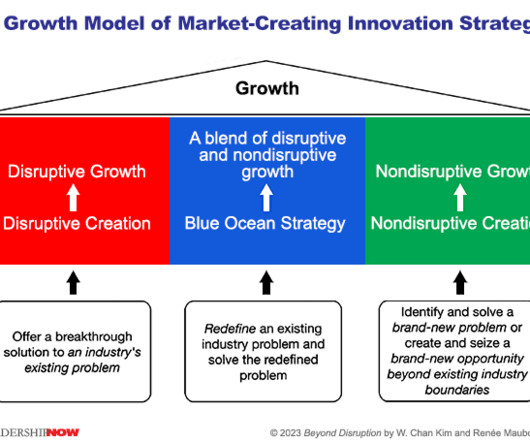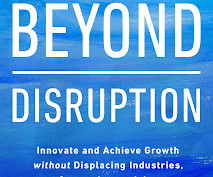Beyond Disruption: Innovation Doesn’t Have to Be Disruptive
Leading Blog
JUNE 23, 2023
D ISRUPTION has become synonymous with innovation. In contrast, nondisruptive innovation is “achieved without disrupting a preexisting market and its associated companies and jobs.” In contrast, nondisruptive innovation is “achieved without disrupting a preexisting market and its associated companies and jobs.”


























Let's personalize your content